Growing heritage fruits is a journey that combines tradition, sustainability, and the joy of self-sufficiency. These unique varieties, passed down through generations, offer a wealth of benefits—from rich flavors and nutrient-dense yields to their role in preserving biodiversity. Whether you’re a seasoned gardener or new to fruit cultivation, growing heritage fruits can transform your gardening experience. With their deep roots in history and diverse applications in health and cooking, these plants are more than just crops; they are living legacies waiting to be nurtured.
Key Takeaways
– Fruit Growing Made Simple: Discover the easiest fruits to grow, including strawberries, raspberries, blueberries, and mangoes, perfect for various climates and conditions.
– Low-Maintenance Options: Choose from cherry, plum, peach, pear, and apricot trees for hassle-free fruit production in your garden.
– Challenges Ahead: Learn about the hardest fruits to grow, such as citrus, avocados, mangoes, guava, and durian, which require specific care and ideal conditions.
What Are Heritage Fruits?
Heritage fruits, also known as heirloom varieties, are old cultivars of plants used for food that have been preserved and passed down through generations. These fruits are often characterized by their unique flavors, hardiness, and historical significance. They are typically grown by gardeners and farmers who value traditional gardening methods and sustainable agriculture.
The term “heritage fruit” can apply to a wide range of plants, including vegetables, fruits, and nuts. These varieties are often treasured for their ability to thrive in diverse conditions and for their ability to adapt to local environments. They play a crucial role in preserving biodiversity and maintaining genetic diversity in plant species.
- Significance: Heritage fruits are often linked to cultural identity and regional traditions. They are frequently passed down within families and communities, ensuring their continued availability and appreciation.
- Benefits: Growing heritage fruits can offer unique challenges and rewards for gardeners. Many of these varieties are more disease-resistant and hardier than modern hybrids, making them ideal for eco-conscious gardening practices.
- Examples:
- Apples – Varieties like “Gravenstein” and “Flemish” are heritage apples known for their exceptional flavor and resilience.
- Pears – “Bartlett” and “Comice” are classic heritage pear varieties that have been around for centuries.
- Tomatoes – “Black Kalamata” and “Green Zebra” are heirloom tomato varieties celebrated for their rich flavors and vibrant colors.
- Cucumbers – “Burpless Hybrid” and “Pickling” are heritage cucumber varieties that have stood the test of time.
Choosing and growing heritage fruits can be a rewarding experience. They require attention to detail and care, but the effort often pays off with delicious, nutrient-dense crops. Many heritage fruit varieties are also suitable for organic gardening, as they tend to be more resistant to pests and diseases.
If you’re interested in learning more about heritage fruits and how to grow them, visit our guide to heirloom seeds . We provide comprehensive resources and tips for gardeners at all levels, helping you successfully grow your own heritage fruits.
Baking Soda and Its Impact on Fruit Trees
Baking soda, or sodium bicarbonate, has been touted as a natural solution for various gardening problems, including fungal issues. However, its effectiveness and safety for fruit trees have been widely debated. While it may seem like a simple solution, baking soda can actually harm your fruit trees. Here’s why:
Why Baking Soda Is Not Ideal for Fruit Trees
- Corrosive Nature: Baking soda can cause chemical burns on plant surfaces, leading to tissue damage and cell death.
- Unbalanced PH Levels: Applying baking soda can disrupt the natural pH balance of the soil, which is crucial for plant roots and beneficial microbial life.
- Lack of Nutritional Value: Baking soda doesn’t provide essential nutrients that fruit trees need for healthy growth and fruit production.
- Potentially Harmful Interactions: Some plants, including fruit trees, may exhibit adverse reactions to baking soda, such as stunted growth or leaf discoloration.
What You Should Use Instead for Fruit Trees
Instead of relying on baking soda, consider these effective and safer alternatives:
Nutrient-Rich Soil Preparation
Fruit trees thrive in well-prepared soil rich in organic matter. Incorporate compost, aged manure, or worm castings to provide essential nutrients like nitrogen, phosphorus, and potassium. These nutrients promote healthy root development, robust foliage, and abundant fruit production.
Adequate Watering Practices
Consistent moisture is vital for fruit trees, especially during critical growth phases like flowering and fruiting. Ensure the soil remains evenly moist but not waterlogged. Mulching around the base of the tree helps retain soil moisture and regulate temperature fluctuations.
Eco-Friendly Pest Control Solutions
Combat pests like aphids and spider mites using natural alternatives such as neem oil or insecticidal soap. These options are safe for plants and the environment when used as directed.
Regular Pruning
Prune fruit trees regularly to remove diseased or damaged branches and to encourage healthy new growth. Proper pruning also improves air circulation, reducing the risk of disease and promoting better fruit development.
Timely Fertilization
Apply a balanced fertilizer, such as 10-10-10, at planting time and again during the growing season, particularly before blooming and after harvest. This ensures your tree receives the necessary nutrients for strong growth and fruit production.
Disease Management
Monitor for signs of bacterial and fungal diseases, such as yellowing leaves, wilting, or unusual growth patterns. Use copper-based fungicides as a last resort and consider planting disease-resistant varieties to reduce reliance on chemical treatments.
Pollinator Support
Plant native flowers and shrubs that attract pollinators like bees and butterflies. This supports your fruit tree’s reproductive health by ensuring successful pollination and fruit set.
Monitoring and Maintenance
Regularly inspect your fruit tree for pests, diseases, and signs of stress. Early intervention can prevent minor issues from becoming major problems, ensuring the long-term health and productivity of your tree.
Conclusion
Caring for fruit trees requires a combination of proper nutrition, consistent watering, effective pest management, and regular maintenance. By avoiding harmful practices like the use of baking soda and adopting these alternative strategies, you can ensure your fruit trees thrive and produce bountiful harvests year after year.
What Not to Plant Next to Fruit Trees
The choice of plants that grow well alongside fruit trees is crucial for maintaining healthy trees and a productive garden. Certain plants can harm fruit trees by competing for nutrients, attracting pests, or causing disease. Here’s a list of plants that should never be planted near fruit trees:
- Vegetables: Potato, Tomato, Cucumber, Squash, Corn, Peas, Bean, Spinach, Radish, Carrot, Beetroot These vegetable plants share similar nutrient requirements with fruit trees, leading to excessive fertilization and potential nutrient imbalances. Some plants like potato and tomato may also attract pests that can harm fruit trees.
- Herbaceous Plants: Comfrey, Rhubarb, Daylily, Lily, Hydrangea These plants can exhaust soil nutrients due to their deep root systems, negatively impacting nearby fruit trees. They may also host pests or diseases that can spread to the trees.
- Weeds: Quackgrass, Dandelion, Chickweed, Clover These invasive weeds can outcompete fruit trees for sunlight, water, and nutrients. They can also spread seeds that interfere with the growth of desirable plants.
- Flowers: Garlic, Onion, Shallot, Leek, Bulbous Iris Bulb crops like garlic and onion have extensive underground systems that can deplete soil nutrients needed for fruit trees. Their proximity can also attract pests that may harm the trees.
- Root Crops: Radish, Carrot, Turnip, Sweet Potato Root crops like radishes and carrots have taproots that can damage the structural integrity of fruit tree roots if planted too close. This can lead to stunted growth or disease in the trees.
- Grasses: Kentucky Bluegrass, Ryegrass, Bentgrass Aggressive grasses like Kentucky bluegrass can outcompete the grasses naturally present around fruit trees, leading to poor tree growth and increased weed infestation.
- Fruit-Bearing Plants: Raspberries, Blackberries, Strawberries Planting these fruit-bearing plants too close to fruit trees can attract pests like aphids and mites, which can damage both the trees and the nearby fruit bushes.
When planning your garden, always consider the unique needs of your fruit trees and consult with local gardening experts or agricultural extensions for region-specific advice. Planting compatible plants and maintaining proper spacing can maximize your fruit production while preserving the health of your trees.
For more gardening tips and resources, visit us at Old Seed .
What is the Easiest Fruit to Grow?
The easiest fruit to grow depends on various factors like climate, soil type, and maintenance preferences. Here are some top options:
- Strawberries : Known for their resilience and ability to grow in diverse conditions, strawberries are a favorite among beginner gardeners. They require minimal space and regular watering.
- Raspberries and Blackberries : These berries are relatively low-maintenance and can be grown in different zones. They thrive in well-drained soil and require minimal pruning.
- Blueberries : A hardy option that prefers acidic soil, blueberries are known for their disease resistance and productivity.
- Grapes : Easy to grow in many regions, grapes can be trained on structures like trellises, making them a space-saving choice.
- Mangoes : Ideal for tropical climates, mangoes are relatively low-maintenance and reward growers with abundant fruit production.
- Pineapples : While they take a bit longer to mature, pineapples are a rewarding option for those willing to wait. They thrive in warm, humid environments.
- Avocados : Best suited for warmer climates, avocados are a great choice for those with space and the right conditions. They are drought-tolerant once established.
- Citrus Fruits : Oranges, lemons, and limes are popular choices in many regions. They prefer well-drained soil and mild winters.
When selecting your fruit, consider your location, soil type, and availability of water. Many of these options are suitable for beginner gardeners and can be tailored to your specific conditions with a little research and preparation.
The Best Low-Maintenance Fruit Trees
When selecting fruit trees for your garden, it’s important to choose varieties that require minimal effort while still providing abundant yields. Here are some excellent options:
- Cherry Trees : These are ideal for smaller spaces and offer quick growth along with beautiful spring blooms. Sweet cherries are perfect for fresh eating or preserves.
- Plum Trees : Plums are a great choice for smaller gardens and provide a long harvest of delicious fruits. They’re hardy and don’t require extensive maintenance.
- Peach Trees : Peaches are a delightful addition to any yard, offering vibrant blossoms and juicy peaches. They prefer warmer climates but are well worth the effort.
- Pear Trees : Pears are known for their resilience and productivity. They bear heavy crops of fruit that can be enjoyed fresh or cooked into recipes.
- Mango Trees : While they thrive in tropical climates, mangoes are a fantastic low-maintenance option for those with the right conditions, offering tropical flair and rich, sweet fruit.
- Apricot Trees : Apricots are another excellent choice, requiring minimal care yet producing a bounty of flavorful fruit.
These trees are selected for their ability to thrive with minimal intervention, making them perfect for gardeners seeking hassle-free fruit production. By choosing the right variety, you can enjoy fresh, homegrown fruit year after year.
For more tips on selecting the best fruit trees for your specific needs, visit our gardening resources page.
What Fruit Is the Hardest to Grow?
The hardest fruit to grow depends on various factors such as climate, soil conditions, and specific growing requirements. Among the most challenging are:
- Citrus Fruits : Including oranges, lemons, grapefruits, and mandarins, citrus trees require warm climates and protection from frost. They are particularly difficult to grow in regions with cold winters.
- Avocado : Avocados are notoriously hard to grow due to their sensitivity to frost, soil pH requirements, and the need for consistent pollination. They thrive in tropical and subtropical climates.
- Mangoes : Mango trees require a tropical climate and are susceptible to pests and diseases. Growing them successfully involves specific care and optimal weather conditions.
- Guava : Guavas are challenging to grow in colder climates and require specific soil types. They prefer humid environments and have a high susceptibility to fungal diseases.
- Durian : Durian cultivation is difficult due to its vulnerability to pests, diseases, and the need for a specific tropical climate. Pollination is also a critical factor for successful growth.
Each of these fruits demands careful planning, knowledge of local regulations, and sometimes innovative gardening techniques to succeed. For those up for the challenge, the rewards of growing these exotic fruits can be well worth the effort.
For more insights into overcoming these challenges, explore our comprehensive guide on growing exotic fruit trees and learn how to master the art of cultivating these difficult-to-grow varieties.
Conclusion: While all fruits present unique challenges, citrus fruits, avocados, mangoes, guavas, and durians stand out as some of the hardest to grow due to their specific requirements and vulnerabilities. With the right approach, any gardener can overcome these obstacles and enjoy the bounty of these remarkable fruits.

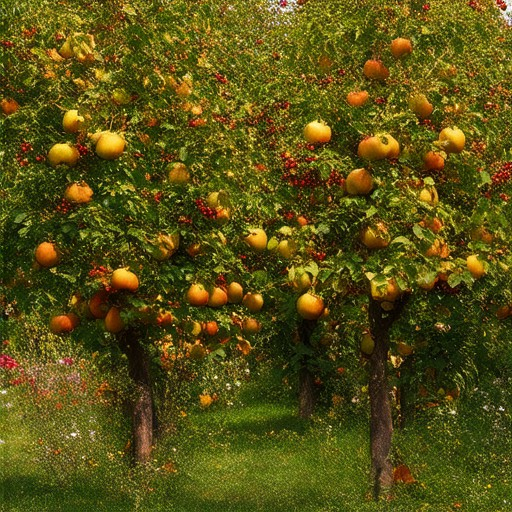
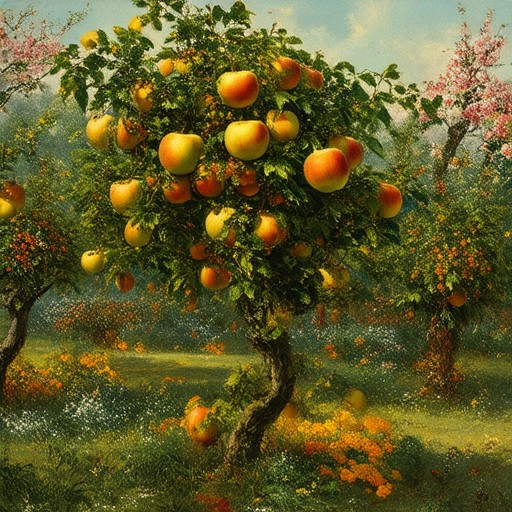

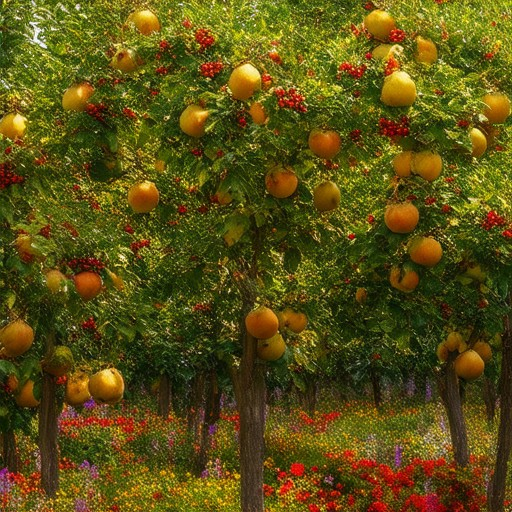

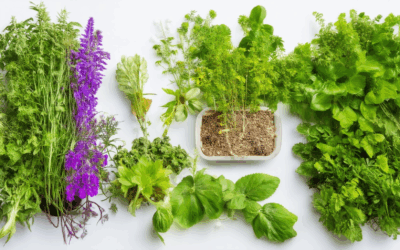
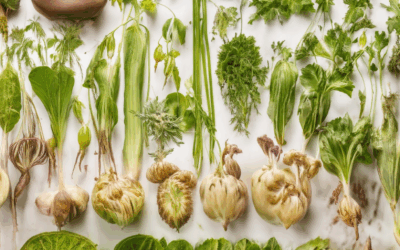
0 Comments